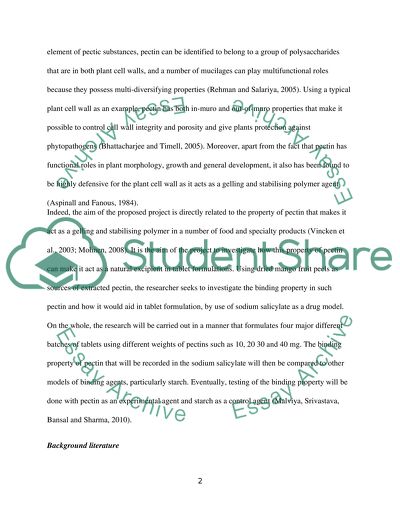Cite this document
(“Pectin As a Natural Excipient in Tablet Formulations Essay”, n.d.)
Pectin As a Natural Excipient in Tablet Formulations Essay. Retrieved from https://studentshare.org/health-sciences-medicine/1491336-pectin-as-a-natural-excipient-in-tablet
Pectin As a Natural Excipient in Tablet Formulations Essay. Retrieved from https://studentshare.org/health-sciences-medicine/1491336-pectin-as-a-natural-excipient-in-tablet
(Pectin As a Natural Excipient in Tablet Formulations Essay)
Pectin As a Natural Excipient in Tablet Formulations Essay. https://studentshare.org/health-sciences-medicine/1491336-pectin-as-a-natural-excipient-in-tablet.
Pectin As a Natural Excipient in Tablet Formulations Essay. https://studentshare.org/health-sciences-medicine/1491336-pectin-as-a-natural-excipient-in-tablet.
“Pectin As a Natural Excipient in Tablet Formulations Essay”, n.d. https://studentshare.org/health-sciences-medicine/1491336-pectin-as-a-natural-excipient-in-tablet.


